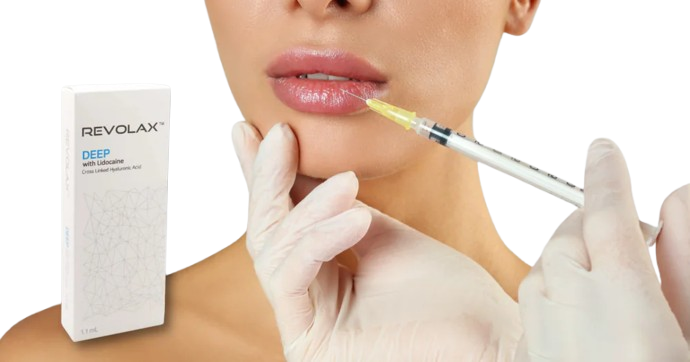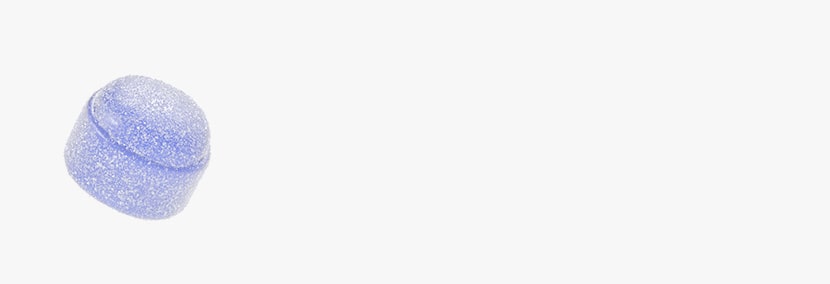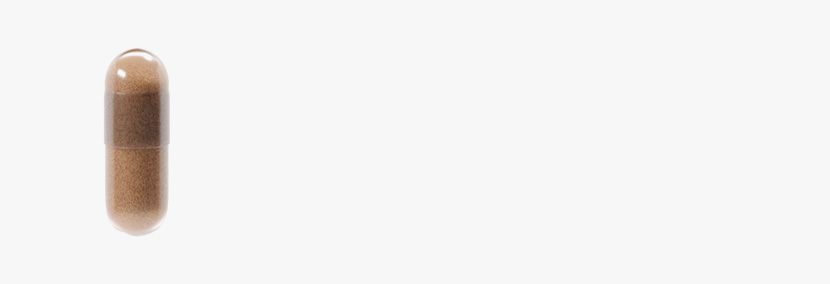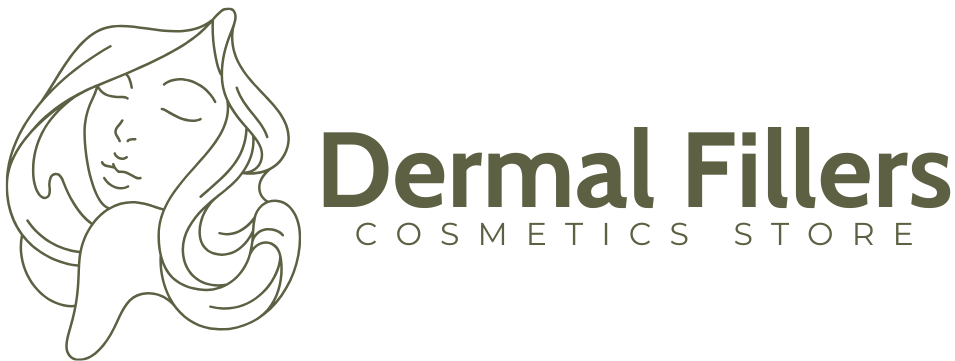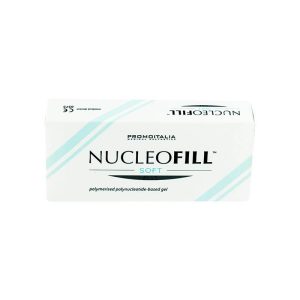Polynucleotides
Polynucleotides: Injections vs. Needle-Free Application
Mar 17, 2025
Polynucleotides injections vs. needle-free application has emerged as a topic ever since a recent study published its results showing similar effects but differing treatment methods that are likely to create a big difference for clients – especially those who are avoiding injectable procedures.
While polynucleotide treatments are known to be one of the most innovative tools in aesthetics, offering regenerative purposes and benefits like deep hydration, collagen stimulation, and improved skin elasticity, a needle-free option can advance this approach even more.
Maylips explores the difference between these two forms of application.
Key Takeaways
- Polynucleotides are effective in skin rejuvenation, wound healing, and hair restoration, making them a sought-after treatment in modern aesthetics.
- A recent study shows that needle-free application of polynucleotides can help reduce discomfort and downtime in patients who decide on less invasive methods.
- Needle-free polynucleotides application is beneficial for delicate skin areas due to its non-invasive method and no bruising involved.
- Choosing the right method depends on patient needs, skin concerns, and the expertise of the practitioner.
- Time and further studies are yet to show the true difference in the effects of both of these methods.
About Polynucleotides Injections
Polynucleotides (PNs) are naturally occurring molecules composed of long chains of nucleotides, the fundamental building blocks of DNA and RNA. Derived from purified sources such as salmon DNA, they are biocompatible and function as biostimulants, encouraging fibroblasts—the cells responsible for producing collagen and elastin—to increase their activity.
This process leads to improved skin elasticity, better hydration, and enhanced overall skin quality. Additionally, polynucleotides help neutralize free radicals and reduce oxidative stress, slowing down the aging process at a cellular level.
In short, polynucleotides benefits include deep hydration, collagen stimulation, anti-inflammatory properties, and tissue regeneration.
That said, they have been used for:
1. Skin rejuvenation
As polynucleotides improve skin texture, elasticity, and promote deep hydration.
2. Under-eye treatments
Polynucleotides under-eye treatments help reduce fine lines and dark circles.
3. Wound healing
Polynucleotide treatments are known to be used to accelerate tissue repair, reduce scarring and promote healing after other treatments.
4. Hair restoration
As polynucleotide treatments help promote hair growth and stimulate scalp.
Patients may experience mild swelling or redness post-treatment, but these side effects subside within 24–48 hours. Noticeable improvements in skin quality typically appear within a few weeks, with optimal results achieved through a series of treatments.
As the administration techniques go, polynucleotides can be administered through injections, microneedling, or transdermal techniques.
As clients are known to feel discomfort during polynucleotide injections, a need has emerged for application methods that would be even less invasive.
Needle-Free Application of Polynucleotides
A recent Korean study has experimented with delivering needle-free polynucleotide treatment using a device called CureJet, as an alternative to injections.
While it showed great results in rejuvenating effects of the treatment, due to the small sample of patients and a lack of other studies, it is still early to tell if the needle-free procedure will replace the injection – or if it will be a good second-best option for those clients who wish to avoid injectable treatments.
That said, it is good to take into consideration the benefits of the needle-free polynucleotides injection. They include:
1. A painless application
As there is no needle-penetration involved.
2. No bruising or swelling
Due to the delicate nature of the application method.
3. Faster treatment time
As the needle-free application is a milder treatment, with little less precision needed
The needle-free procedure also proved to be effective for delicate areas of the face, such as the under-eyes, which are usually prone to reactions during other, more invasive treatments.
Patients undergoing needle-free polynucleotide treatments can expect immediate hydration and a refreshed complexion. Unlike traditional injections, there is no downtime, making it a convenient procedure, after which clients can easily go back to their daily routines. However, since the product remains in the upper dermis, more frequent treatments may be needed to achieve and maintain optimal results.
With advancements in non-invasive aesthetic medicine, needle-free polynucleotide delivery is emerging as a promising alternative, offering skin regeneration benefits with maximum comfort and minimal side effects.
Choosing Between Injections and Needle-Free Application
When it comes to polynucleotide treatments, both injection-based and needle-free applications offer unique advantages. The choice between the two largely depends on the patient’s needs, treatment goals, and comfort level.
Polynucleotide injections remain the gold standard for delivering the product deep into the dermis. This method ensures maximum absorption, making it particularly effective for addressing deep wrinkles, atrophic scars, and significant skin laxity. Injections provide long-lasting results with fewer sessions, but they come with mild discomfort and a short recovery period due to potential bruising and swelling.
Needle-fee polynucleotide application, on the other hand, is a pain-free alternative that uses jet injectors to push the solution into the skin. This technique is ideal for patients with needle anxiety or those seeking a gentle, no-downtime option. However, since the product stays in the upper dermis, more frequent treatments may be necessary to achieve similar long-term effects.
Ultimately, the best choice depends on individual preferences and desired results. For intensive skin regeneration, injections offer a stronger impact, while needle-free methods provide a more comfortable yet effective alternative for maintaining skin health and hydration.
Talk with our sales representative.
Book a Meeting
Conclusion
While the needle-free application of polynucleotides remains an innovative method, with little research and studies available, time is only to show the full potential of these treatments.
That said, both injection-based and needle-free polynucleotide applications offer benefits that make them valuable tools in aesthetic medicine. Practitioners must assess patient needs, preferences, and skin conditions to determine the most effective approach.
Remember that you can buy polynucleotides and exosomes, as well as other dermal products at Maylips.
With years of experience offering our clients top-quality products at the best prices available, we are here to guide your shopping experience so that you, too, can offer your clients the best possible experience.
Contact our experts at Maylips.
FAQ
Find answers to the most frequently asked questions.
Are polynucleotides injections painful?
The procedure of polynucleotides treatment can create mild discomfort and uneasy side-effects that many patients would describe as painful.
Is a needle-free polynucleotides application painful?
The procedure involving needle-free polynucleotides application can create a mild discomfort, but is less likely to cause pain or other side-effects, and minimizes downtime.
Are polynucleotides products the same when injected or used needle-free?
This depends on the preferences and experience of the medical practitioner delivering the treatment, as well as the personal needs of clients.
What is more effective: polynucleotides injections or needle-free application?
When it comes to the deep-rejuvenation, polynucleotides injections still remain more effective in showing results, but needle-free application proves to be a good alternative.
Should I offer clients needle-free application of treatments?
Before every aesthetic treatment, you should consult with your client and assess their needs, wants, their medical history, and then create a treatment plan that would be the most suitable and effective option for their particular case.
References
- Hong J, Lee Y, Kim H, Park K. Therapeutic Performance of Needle Injection Versus Needle‐Free Jet Injector System for Polynucleotide Filler in Skin Rejuvenation. Journal of Cosmetic Dermatology. Published online October 7, 2024. doi:https://doi.org/10.1111/jocd.16595
- Alvin W, Chan L, Lee A, et al. Polynucleotides in Aesthetic Medicine: A Review of Current Practices and Perceived Effectiveness. International Journal of Molecular Sciences. 2024;25(15):8224-8224. doi:https://doi.org/10.3390/ijms25158224
- turkishblue1. [AVENUE CLINIC PYEONGTAEK]. AVENUE CLINIC PYEONGTAEK | NEAR BY USAG Humphreys(K-6) & Osan AB(K-55) |. Published August 9, 2024. Accessed March 15, 2025. https://avnclinic.com/?page_id=2620
